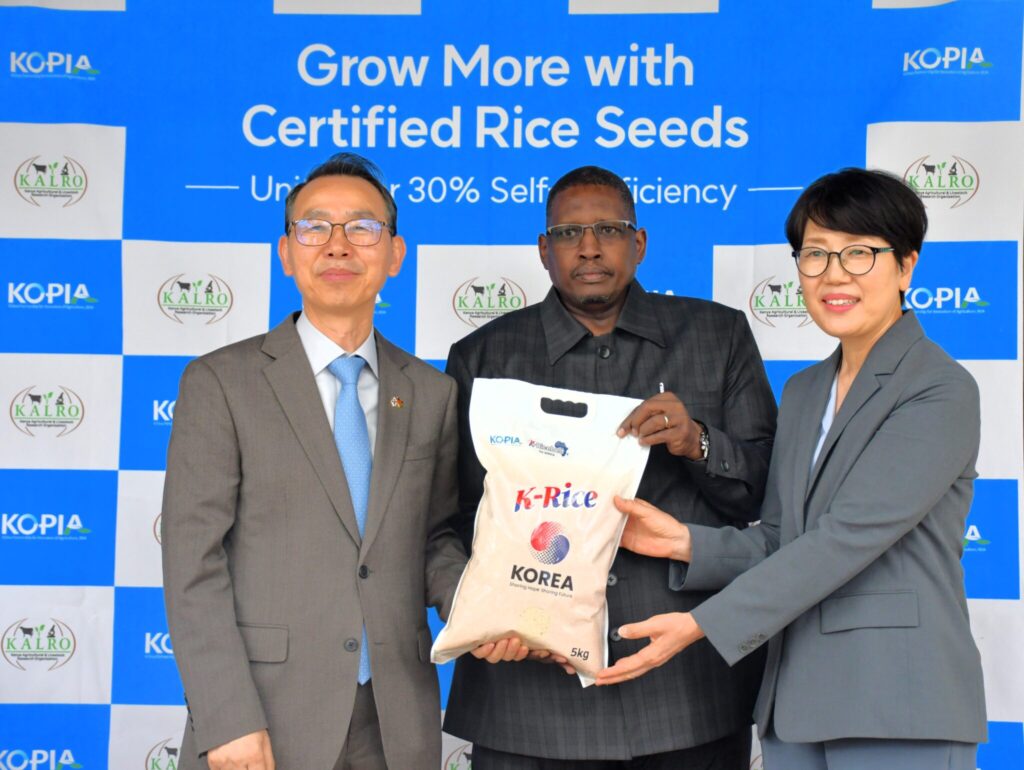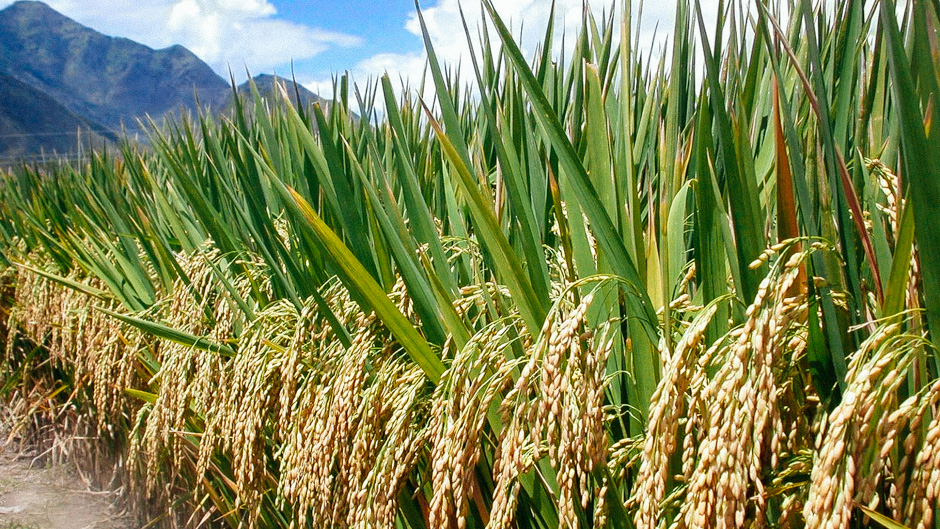Kenya is expanding its partnership with South Korea to ramp up domestic rice production and cut the country’s heavy dependence on imports. At a one-day symposium on rice production on July 20, 2025, Kenya Agricultural and Livestock Research Organization (KALRO) Director General Dr. Eliud Kireger reported that national rice consumption is climbing fast driven in part by younger consumers shifting away from ugali yet the country still imports more than 85% of what it eats. The Kenya–Korea collaboration is therefore zeroing in on the foundation of any production surge: reliable, high-quality, certified seed.
Under the initiative, Korean high‑yielding germplasm is being tested alongside locally developed materials, while new seed production capacity is built out at KALRO’s Mwea Centre in Kirinyaga County, the country’s leading irrigated rice zone. Roughly KSh 2 billion over five years will establish state‑of‑the‑art fields plus seed cleaning, storage, and research infrastructure. With better seed and agronomic support, average farmer yields now about 2.5–3 tonnes per hectare could climb into the 4.5–7 tonne range, sharply narrowing the supply gap.

The ultimate goal of Korea and Kenya collaboration is to empower farmers to raise their rice yields
Seoul views agricultural cooperation as a strategic pillar of its long relationship with Nairobi, which dates to 1964. Through the Korea Program on International Agriculture (KOPIA) and the broader K‑Rice Belt effort, Korea is helping African partners strengthen food production and resilience. Agriculture still underpins many African economies, supplying large shares of employment and meaningful contributions to GDP, underscoring the value of sustained investment. Korean firms are also exploring trade and agrifood processing opportunities in Kenya.
Breeding work is moving quickly. Researchers at Mwea have advanced three candidate lines Ukafasi 39, ISRIS 6, and ISRIS into National Performance Trials. If results hold and regulators approve, releases could come as early as next year. Leading local improved varieties return about 6–7 tonnes per hectare under good management; the new candidates have shown potential of up to 7.5 tonnes. They also appear adaptable to both irrigated schemes and rain‑fed lowland conditions, broadening their fit across Kenyan ecologies.
Success would mark a step‑change in national rice self‑sufficiency, lower the import bill, raise farmer incomes, and strengthen Kenya’s long‑term food security. Beyond volumes, the initiative is designed to empower farmers through access to certified seed, improved agronomy, and stronger market linkages so that productivity gains translate into better household nutrition and incomes. By aligning research, seed systems, and investment, the two countries aim to build a resilient rice value chain that can serve Kenya and, ultimately, regional markets.

